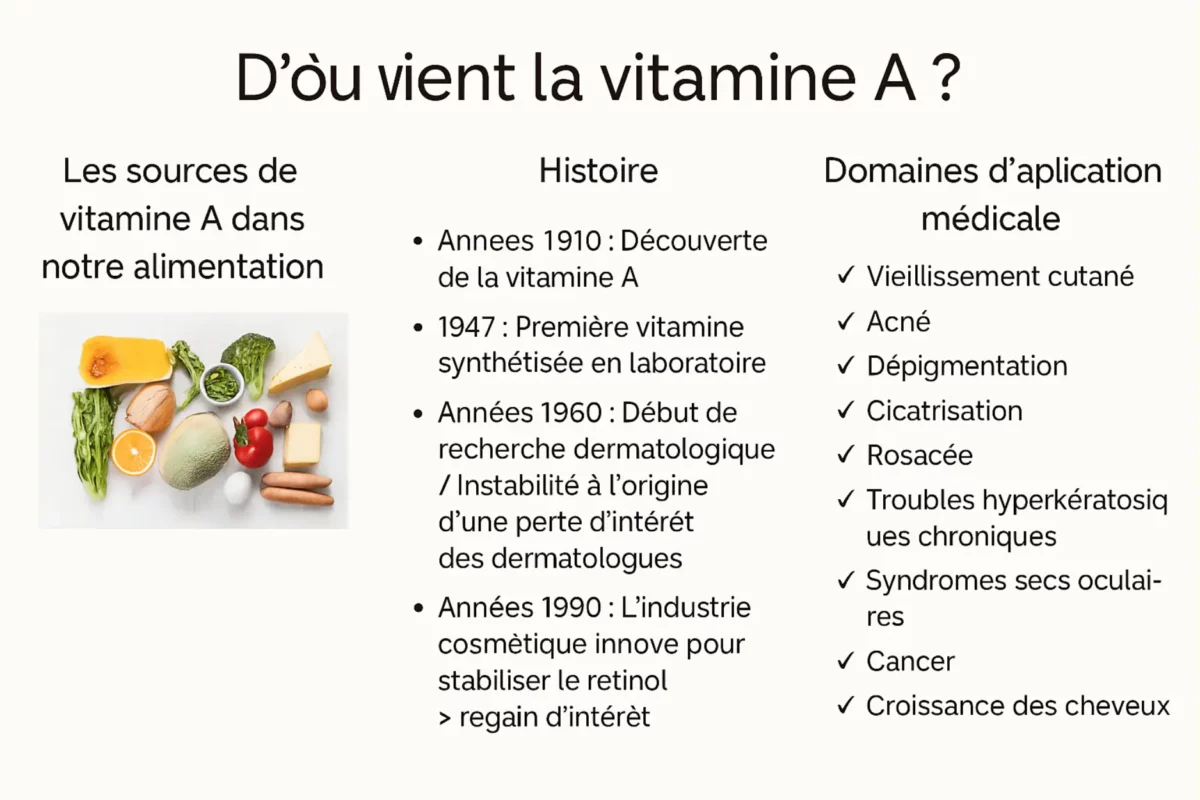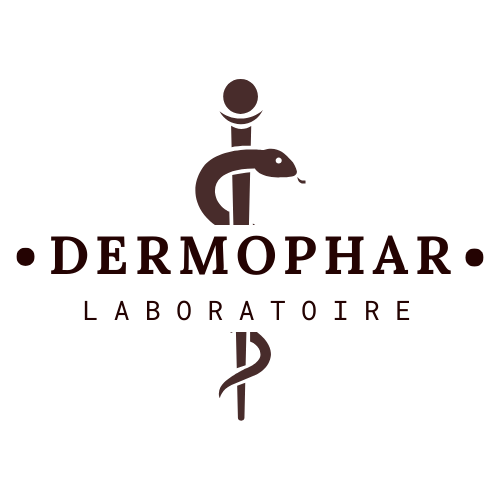Science & Innovation
Retinol: French Pharmacy's must-have active ingredient for radiance and anti-aging.
Retinol is a powerful active ingredient, indispensable in the dermatological and dermocosmetic "arsenal".
Used for decades, it's currently enjoying a real craze on the networks and among consumers. But is it really risk-free?
Retinol, an active derivative of vitamin A, is recognized as a key ingredient in many anti-aging cosmetics and skin care products. This powerful active ingredient is one of the retinoids, molecules that have been used for decades in dermatology and cosmetics. In this article, we explore the different types of retinol, their mechanism of action in the skin, and the risks associated with their excessive useand finally, their applications in both medicine and cosmetics.
The different types of retinol: from precursor to active form
Retinol exists in several forms, each with specific properties and different efficacy. In skincare, these forms are essential for targeting specific objectives while minimizing the risk of irritation.
-
Retinol Esters
For example, retinyl acetate. These esters are more stable forms of retinol. When applied to the skin, they must be converted to retinol by hydrolysis. These esters are less irritating, but also less effective in stimulating collagen production and cell renewal. -
Retinol
It's the most effective and unstable of the retinoids. When applied, it is oxidized to retinaldehyde, then converted to retinoic acid, the active form. Although more effective, retinol can cause irritation, especially at high concentrations. -
Retinaldehyde
It's also an active form which, once oxidized, transforms into retinoic acid. Less irritating than pure retinol, it's a good compromise for rapid results without the side effects of stronger forms.
The effectiveness of these forms of retinoids depends on their ability to penetrate the skin. Retinol penetrates better than its other derivatives, but is also more likely to cause irritation. Thus, the use of stabilized formulations with delivery systems, such as liposomes, can reduce these adverse effects while increasing efficacy.
Read more
Physiological mechanism of Retinol action
Once applied to the skin, retinol initiates a series of complex biological processes that improve skin texture, reduce wrinkles and stimulate collagen production.
-
Activation of nuclear receptors
Retinoids, like retinol, bind to nuclear vitamin A receptors in skin cells. This interaction stimulates the transcription of genes responsible for the production of collagen and other extracellular matrix proteins, contributing to firmer, smoother skin. -
Inhibition of Collagen Degradation Enzymes
Retinol also inhibits matrix metalloproteinases (MMPs), enzymes responsible for the degradation of collagen and other matrix components. This action prevents the destruction of collagen, an essential process in the fight against skin ageing. -
Keratinocyte differentiation
By regulating keratinocyte differentiation, retinol strengthens the skin barrier, preventing infection and reducing the risk of dryness and irritation. It is therefore an excellent agent for treating skin conditions such as eczema.
Toxicity and risks associated with hypervitaminosis A
Although retinol is a powerful and beneficial active ingredient, excessive use can lead to side effects, including symptoms of hypervitaminosis A. Acute or chronic vitamin A toxicity, often referred to as hypervitaminosis A, is one of the most common side effects of retinol. rare phenomenon but worrying, mainly linked to the excessive use of vitamin A supplements or drugs such as isotretinoin. The main treatment is to stop all ingestion or application of vitamin A.
Symptoms of hypervitaminosis A include nausea, bone pain, dry skin and headaches.. In the event of prolonged excess, this toxicity can lead to more serious effects such as liver damage and bone disorders.
Dermatitis caused by retinoids, such as retinol, are often manifested by redness and scaling of the skin, a sign of skin irritation, but also an indicator of treatment efficacy. However, these effects sometimes limit the use of retinoids in dermatology. That's why it's crucial to adopt a gradual approach, starting with low concentrations and gradually increasing the frequency of application.
The use of retinol in medicine and cosmetics
The use of retinol in medicine :
Retinol, along with other retinoids such as tretinoin, is used in dermatology to treat a variety of skin conditions. One of the best-known uses is in the treatment of severe acne. These vitamin A derivatives regulate sebum production and promote cell renewal, helping to reduce acne lesions and prevent their recurrence.
Retinoids are also prescribed for the treatment of certain signs of skin aging, in particular deep wrinkles, hyperpigmentation and loss of firmness. However, their medical use is limited to strict prescriptions due to their irritant potential. One of the most popular ointments in pharmacies is the A313 (see our dedicated article)
The use of retinol in cosmetics :
Retinol is a key ingredient in anti-aging skin care. Its ability to stimulate collagen production and promote cell renewal makes it an invaluable ally against wrinkles, fine lines and dark spots. Many anti-aging serums and creams contain stabilized forms of retinol, often in low concentrations, to minimize the risk of irritation while maximizing its efficacy.
Products containing retinoids are also used to improve skin texture, treat signs of photoaging, and reduce hyperpigmentation. Low-concentration retinol formulations are suitable for everyday use, while higher concentrations are reserved for more targeted use.
Subscribe to receive your weekly dose of inspiration
Sources
- Patricia Farris, Journal of Drug and Dermatology - The ideal retinoid for cosmetic solution - 2022
- Olson JM, Ameer MA, Goyal A. Vitamin A Toxicity. [Updated 2023 Sep 2]. In: StatPearls [Internet]. Treasure Island (FL): StatPearls Publishing; 2025 Jan-. Available from: https://www.ncbi.nlm.nih.gov/books/NBK532916/


